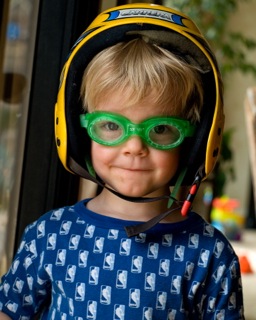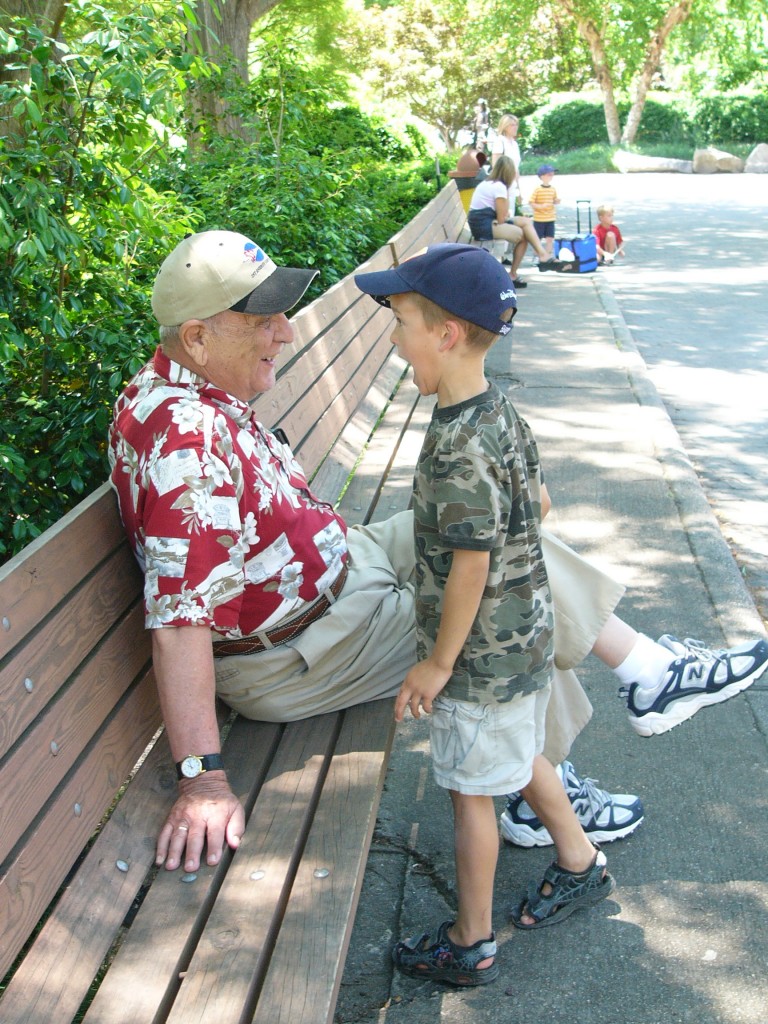Week One – “Where do you live? Do you have kids? How many kids? How do you know my mom? Are you coming back?”
The questions came rapid fire from the six year old at my side. We had just met.
“Hi, I’m Mary Ann. What’s your name?”
“Austin.”
“Well it’s good to meet you Austin.” Then the questions began and then he was shooed away by adults who felt he was bothering me.
Week Two – “Hi there. Now what was your name again?”
“Austin.”
“Oh yes, Austin. I remember now?” But I didn’t remember.
Week Three – “So tell me your name again, one more time.”
“Austin.”
“That’s right. I’m going to remember that Austin.” Then I thought to myself how in the world I was going to remember his name, this new friend of mine. Let’s see Austin, the capital of Texas. Great! Now I’ll never forget.
Week Four – “Hi Austin”.
“Hey how did you remember my name”.
“Well I used a name remembering trick. Do you know what Texas is?”
“No”.
“Well, it is a big piece of land in the United States and it has a big town in it called Austin. So when I see you, I think about Texas and then I remember your name is Austin.”
“Cool.”
“Austin, do you know my name?”
“No”.
“Well, its Mary Ann. Lets see how you could use the name trick to remember my name. Can you think of a poem about a Mary?”
“Oh yeah, Mary had a little lamb.”
“Good job. Now you will never forget my name. Cool trick huh!”
Week Five –Austin was sitting on a stool in the kitchen. His face lit up when I walked in. “Hi Austin how are you?” He gave me a very satisfied smile and said deliberately with emphasis on the word Mary, “Hi Mary”. I can tell he is very happy with himself.
“Good job Austin, I can see you used the name remembering trick.”
“Well now I know your name and so I don’t need the trick.”
“That’s right Austin, we only have to use it when we first meet someone, until we really know their name. Then we don’t need the trick any more.”
“Hey Austin what is your brothers name?”
“Jason”.
“Man, I have a hard time remembering his name. Let’s see, how can I use the trick to remember his name.” Think, Think.
“Austin do you know the story of Jason and the Argonauts?”
“ No”.
“Well Jason was a big and powerful man. He led other men called the Argonauts. They were looking for a Golden Fleece. Whenever I look at your brother I am going to remember that he has the same name as Jason and the Argonauts”. Big smile on Austin’s face.
Austin asks, “How do you know my mom’s name. Did you use the trick?”
“No, her name was pretty easy for me. I just said it a lot of times. Did you know that there is another name remembering trick you can use that I used to remember your mom’s name?
“No.”
“Well there is. When you meet someone and you find out their name you look at them and say Hi Kim, so happy to meet you. Then when you are ready to leave you look at them again and say, Bye Kim. I’ll see you later. If you look at a person and say their name a number of times it is easier to remember their name. Cool Huh.”
“Yeah, cool”.
This is a perfect example of a familiar conversation that teaches more than any lecture can. Austin is six but I have just taught him how to remember names of people. I have saved him lots of money on books designed to help you remember names and faces. I have saved him hours of reading time. He has many years to practice the name remembering tricks and because he is six he will practice. He will never forget.
When Austin asked me how I remembered his name I could have given him a “this is how adults talk to kids” answer. “Well, I’m just smart” or “I’m big and I can remember well”. What I gave him instead was a conversation about something I have learned that he will be interested in and will want to learn also. I gave him respect, time, and presence.
This is how we teach children, by talking with them, by listening to them and by sharing our information with them, by being present with them.
Possibly Related Posts:
- 5 Creative Writing Exercises for Kids of All Ages
- 5 Ways to Help Your Child Think Like a Scientist
- The Pink Refrigerator-A book about a Closet, of sorts!
- How to deal with family opposition to homeschooling
- Children learn when interest is high







{ 0 comments… add one now }